Aquavit opened in 2017 in the St James Market pedestrianised development just south of Piccadilly. It serves Swedish cuisine and is the younger sister of Aquavit in New York. Its executive chef is Henrik Ritzen, previously head chef of Lutyens for four years, and with previous shorter stints as head chef of the Arts Club in Dover Street, Boundary and Racine. It was awarded a Michelin star in the 2018 guide. The dining room is light and airy, with high ceiling and a bar to one side. The menu was a la carte, with a three course set lunch offering at £24 for three courses.
The wine list started at £25 and had labels such as Amalaya Torrentes 2017 at £32 for a bottle that you can find in the high street for £11, the excellent Vina Tondonia Reserva 2004 at £72 compared to its retail price of £30, and Chateau Belgrave 2008 at £118 for a wine that will set you back £34 in the high street. For those with the means there was Chateau Ducru Beaucaillou 2008 at a hefty £360 compared to its retail price of £126, and any passing hedge fund managers could contemplate Chateau Margaux 1990 at £2,350 for a wine whose current market value is £1,385.
Gravadlax was pleasant enough, accompanied by mustard and dill sauce with a quite subdued flavour for such a distinctive ingredient. The salmon itself had decent flavour but was unremarkable (12/20). Mackerel was smoked over beech wood with tomato and dill spread on a slice of toast. The fish was nicely cooked and had quite good flavour, the accompaniments being sensible ones (13/20). Herring arrived in three different styles, the best being with mustard sauce, along with potatoes, sour cream and egg yolk (13/20).
Monkfish came with girolles and “summer beans” that were a mix of different beans including haricot beans. The fish was a little overcooked unfortunately, though the beans were nicely cooked and the girolles were fine (12/20). Meatballs came with mashed potato, lingonberries and pickled cucumber. The meatballs were quite well seasoned, the lingonberries fairly tart and the pickled cucumber was decent though could for me have been sharper (13/20). On the side, Jansson’s Temptation is a traditional Swedish dish, made from pickled sprats, cream, onions and potatoes and breadcrumbs. Here the breadcrumbs were a layer on top of the other ingredients, which is not always the case. This was a comforting, pleasant combination of flavours, though hardly exciting (12/20).
We didn’t have dessert, which tended towards somewhat challenging flavour combinations in the modern Nordic style, such as Douglas Fir panna cotta with sorrel, and omelette with sea buckthorn. Coffee was excellent, from a Swedish roaster.
Service was fine, the waiters being quite attentive. The bill came to £104 per person, with a couple of glasses of wine each to drink. To be honest this seemed an awful lot for the level of food that appeared on the plate, which was somewhere between 12/20 and 13/20 level. With salads £9-14, main courses £15 - £34 (but mostly over (£24) and nibbles on top, plus dessert (£7 - £9.5), then a typical cost per person for three courses and coffee, sharing a modest bottle of wine, might be around £80. The very experienced diner that I went with had been here before and reckoned the food at this meal was less good than she had eaten here before, so perhaps the standard was once better than this. Nonetheless, based on this meal the Michelin star here seems a comically optimistic assessment, as well as representing dubious value for money.

















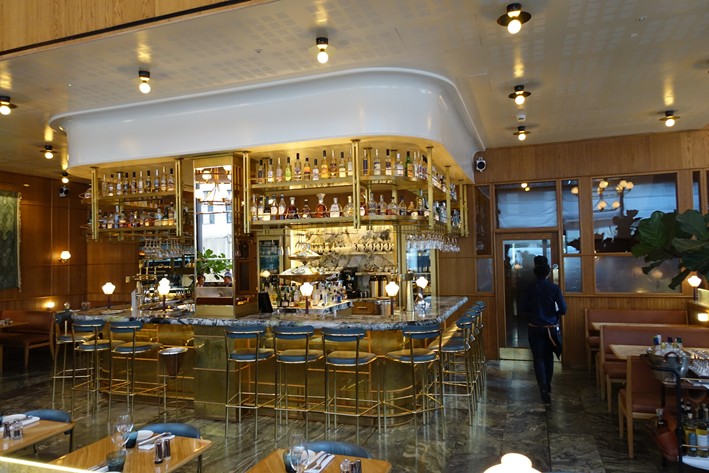

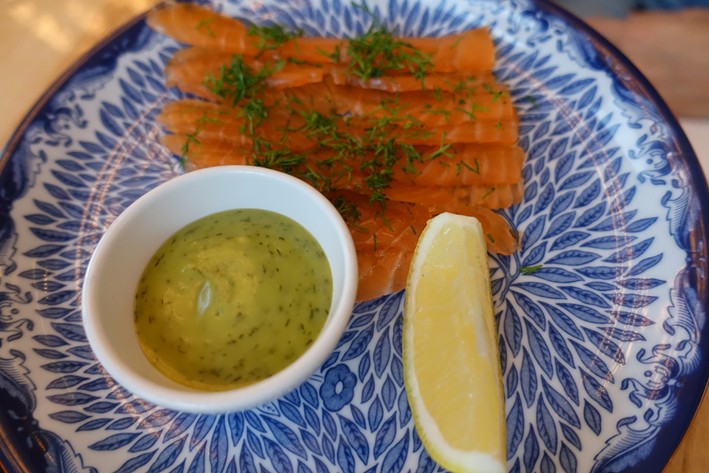

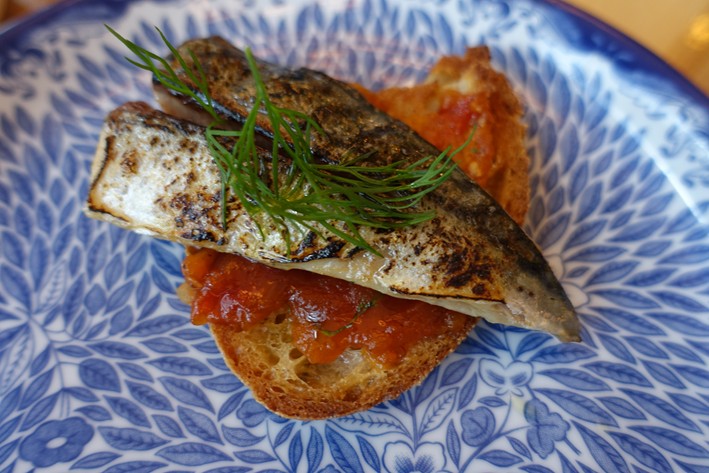
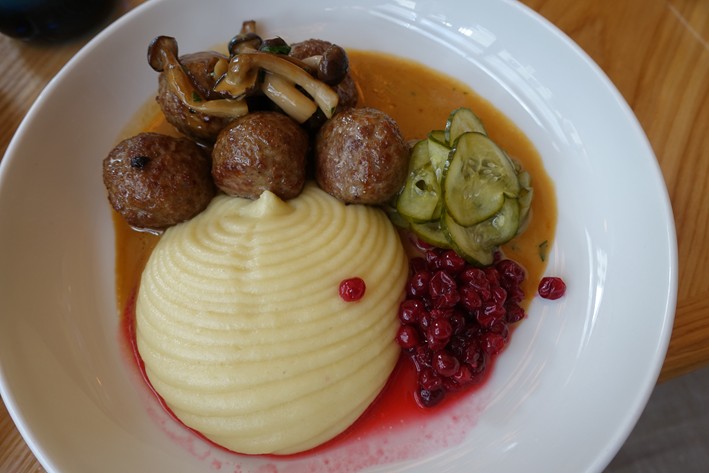
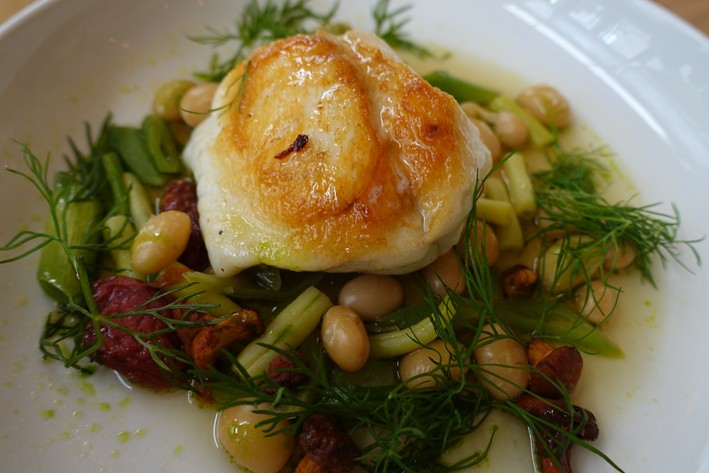
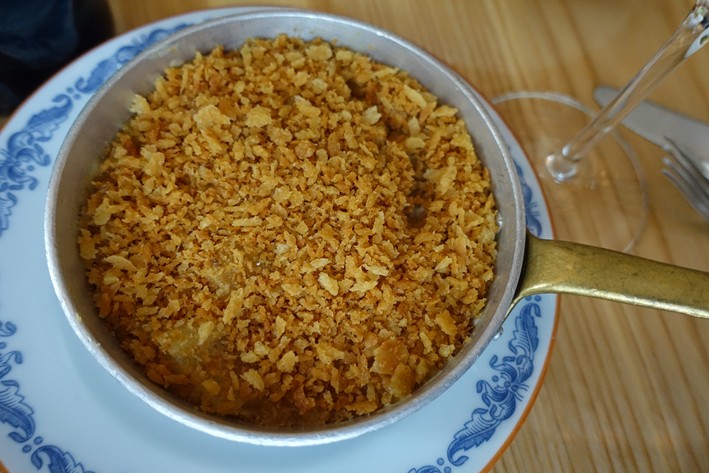

Add a comment
Thank you for submitting your comment, this will be checked and added to the website very soon.
User comments